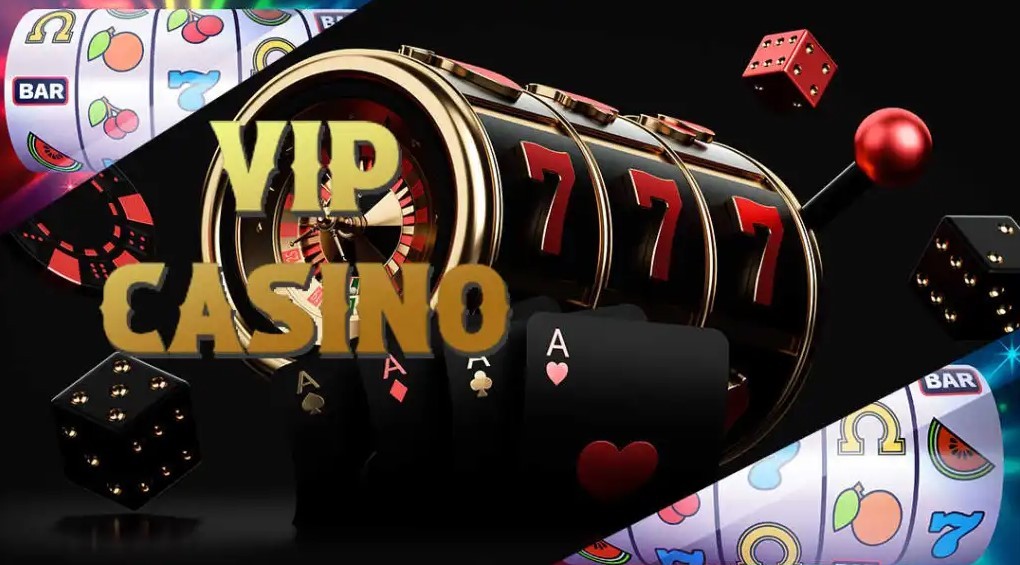
Within the vibrant and thrilling world of casinos, wherein luck and tactics intertwine, color and design play a pivotal role in attracting players. From the moment players step into a casino or access a gaming platform, they are immersed in a visual feast that grabs their attention and entices them to discover more. Vivid colors, captivating graphics, and creative layouts are meticulously crafted to create an environment of excitement and anticipation, ultimately enhancing the gaming encounter.
As players move through the dynamic landscape of casino games, they come across a variety of designs that not only serve visual purposes but also influence feelings and decision-making. Colors like scarlet and gold symbolize riches and fortune, while soothing navy and greens can create a much tranquil environment. Understanding how these elements work together enables casinos to create an inviting and stimulating atmosphere that encourages players to engage with the games, invest additional time at the tables, and increase their general enjoyment.
The Science of Color in Gaming Establishments
Tint plays a critical role in the development of gaming experiences, shaping players’ emotional states and responses. Bright and vibrant hues, such as crimson and gold, are often used to incite enthusiasm and draw focus. These hues create a feeling pressure and dynamism, encouraging gamblers to involve themselves more enthusiastically with the activity. By intentionally selecting colors, creators aim to inspire emotions of pleasure and anticipation, which can enhance the complete game experience.
Different shades also have psychological meanings that can impact how players perceive their chances of victory. For example, lime is often associated with good fortune and prosperity, making it a popular choice in activities like the roulette wheel and poker setups. This connection can lead participants to feel more positive and assured in their gaming, ultimately motivating them to wager more. Grasping these associations allows game designers to design environments that enhance player satisfaction and engagement.
In addition, the design of casino game interfaces often uses color gradients and contrasting shades to direct players’ actions. For example, winning outcomes may be accentuated with vivid, opposing hues, creating a visual reward. This technique supports favorable outcomes and encourages repeated gameplay. By utilizing color psychology, gaming venues can create games that not only attract participants but also keep them engaged and invested in their game experience.
Design Features that Attract Players
The aesthetic appeal of casino games is primarily influenced by the implementation of bold colors. Bright and striking colors are deliberately chosen to create an appealing atmosphere that grabs attention. For example, crimson and golden hues often signify luck and wealth, which is why they are common in the palettes of slot machines and game surfaces. These colors not only attract players in, but they also evoke emotions associated with excitement and expectation, enhancing the total gaming experience.
In addition to color, the aesthetic and organization of casino games play a significant role in captivating players. Games are designed to be user-friendly, ensuring that players can easily understand the guidelines and gameplay. Accessible interfaces, along with engaging graphics and motion, help maintain player interest and encourage extended play sessions. The tactile elements, such as the texture of the controls and the sounds of the games, also contribute to a comprehensive sensory experience that keeps players immersed. siti casino non AAMS
In conclusion, conceptual elements in game design can significantly influence player choice. Many gambling games are inspired by media, myths, or adventure themes, featuring symbols and characters that connect with players. These themes create a sense of immersion and relatability, making each game feel unique. When players feel a bond to the concept, they are more likely to choose that game over others, leading to increased participation and enthusiasm within the casino environment.
Case Studies: Effective Casino Table Game Designs
One noteworthy example of impressive gambling game design is the acclaimed slot machine series themed around popular movies. Games such as those based on the The Wizard of Oz and Game of thrones utilize dynamic colors and top-notch graphics to immerse players in familiar narratives. The application of lively visuals and captivating sound effects grabs the attention of players, establishing an affective connection to the theme. This strategy not only promotes longer play but also improves the overall gaming experience, yielding increased player retention.
Another effective case is the application of the psychology of color in table games like 21 and the wheel. Casinos often design these games with rich reds and greens, colors traditionally linked with luck and wealth. For instance, the green felt on a 21 table provides a soothing effect, while the red accents in the wheel invite anticipation. This intentional use of color helps to foster an inviting atmosphere that stimulates players to join in, addressing their psychological impulses and increasing their enjoyment.
Finally, social casino games that incorporate community features and lively, colorful designs have achieved remarkable success in engaging players. Games like Zynga Poker and Slotomania leverage striking colors and playful animations to create an inviting online environment. The inclusion of leaderboards, social sharing options, and in-app rewards promotes competition and community, attracting players in for longer sessions. Such designs merely make the games visually attractive but also underscore social connectivity, a key factor in player retention and engagement within online casino environments.
